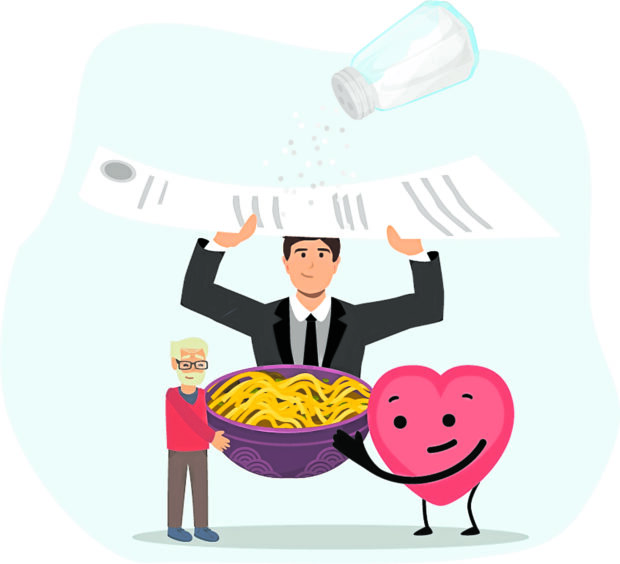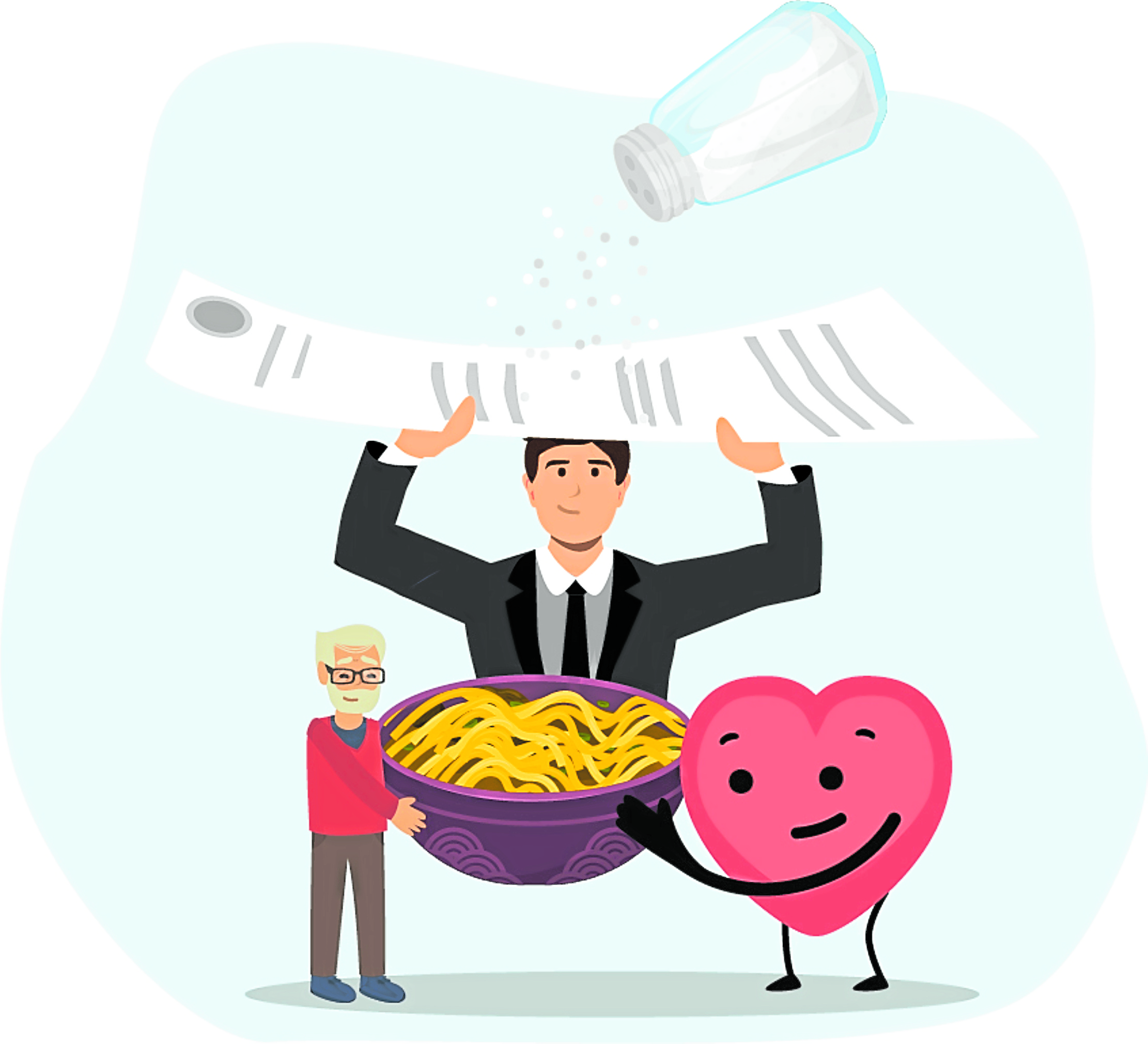
The Philippine Society of Hypertension (PSH), headed by Dr. Deborah Ignacia Ona, and the Philippine Lipid and Atherosclerosis Society (PLAS), headed by Dr. Lourdes Ella Santos, held a joint annual convention on Feb. 15 to Feb. 17. It was a hybrid conference, and the total number of registered participants reached more than 7,700 doctors, nurses and other health-care professionals. Most, if not all, are involved in the prevention and treatment of hypertension and lipid (cholesterol) problems in the country.
The interest in these two risk factors—high blood pressure (BP) and cholesterol problems—is quite high because together with smoking, diabetes, obesity, hyperuricemia, sedentary living and unmanaged stress, they remain the main culprits why heart attacks (cardiovascular disease or CVD) and strokes (cerebrovascular disease) remain the top killer in the country for more than three decades now. So, it’s really best to tackle new developments in these areas, particularly in terms of treatment, in the same congress.
The risk factors enumerated above also tend to cluster together, meaning they’re present in the same individual; and this is called the metabolic syndrome. So, when one risk factor is diagnosed in an individual, the laboratory work-up to assess the overall cardiovascular risk of the individual should include the other risk factors.
No. 1 killer
If a middle-age, overweight individual with a strong family history of CVD, has an elevated BP (140/90 mmHg or higher), there’s a more than 40-percent chance that he or she also has diabetes, dyslipidemia (cholesterol problems) and elevated uric acid levels in the blood.
When we say dyslipidemia, it may mean any or all of the following: elevated low-density lipoprotein cholesterol, which is the bad cholesterol; low level of high-density lipoprotein, which is the good cholesterol; and increased level of triglycerides, which is commonly associated with diabetes.
It’s almost a puzzle that despite all the advances in the treatment of hypertension and other CVD, they remain the leading cause of death in the Philippines and worldwide. Complications related to high BP is still the number one cause of all deaths.
At the turn of the century, the World Health Organization, together with the global cardiovascular societies launched its “25:25 Vision” for hypertension. The vision aimed to reduce CVD by 25 percent by the year 2025. We’re just two years shy of the deadline, and there’s no encouraging indication that we’re going to achieve it.
Ten years ago, many hypertension experts believed this vision was still achievable. The Japanese experience, for example, has taught us that by simply cutting the salt intake of the population to around half, there can be a dramatic reduction in the incidence of brain attacks or strokes, which are generally attributable to uncontrolled hypertension.
Reduce sodium content
The spirit is willing, but the flesh is weak. Although the big majority of the population know that excessive salt intake is bad, which is generally coming from processed food products and restaurant foods, the will to cut back on these food products has remained limp.
Several years ago, we proposed to our legislators that a law be enacted making progressive salt reduction in processed foods compulsory. If we can just convince our food makers to gradually cut down the amount of salt (sodium) that they use to processed foods (canned goods, bread, etc.), this can go a long way in stemming the tide of hypertension and its related complications in the country.
It doesn’t have to be an immediate 50-percent reduction in the sodium content of processed foods; we can have a gradual 10-percent reduction yearly in the next five years so the consumers’ taste buds can adapt to the low salt. In five years, we won’t even miss the 50-percent less sodium that used to be loaded in processing these foods.
Will the food manufacturers do this voluntarily? That would have been the ideal scenario, and we’ve been cajoling them to do that since we can’t remember when. This was the top item in our advocacy agenda when we were at the helm of the Philippine Heart Association-Philippine College of Cardiology in 1993-1994.
Our food manufacturers didn’t budge an inch. Our legislators may have to pass a law to give them no other choice but to stop slowly killing the population with a sodium (not to mention a trans fat) overload that raises the BP and clogs the arteries.
Legislative support
Doctors Ona, Santos and the other officers of PSH and PLAS regularly update their strategic plans, so the PSH and PLAS could play a more dominant and proactive role in the prevention, treatment and control of high BP, dyslipidemia and atherosclerosis (clogging of the arteries) in the country.
Such plan obviously requires a lot of resources; hopefully, the Department of Health (DOH), with its additional budget coming from the “sin taxes,” can be receptive to partnering with them and the other cardiovascular societies in carrying out sustainable programs for health promotion activities that prevent CVD. With the DOH on their side, the legislators may likewise be more receptive of their recommendations for legislative support.
During one of the sessions of the PSH-PLAS convention, it was again asked what the optimum goal BP should be when treating a known hypertensive. Although the general recommendation is to achieve a BP of less than 140/90 mmHg, a landmark study published several years ago suggested that going lower at less than 120 mmHg systolic BP would be ideal in improving the cardiovascular outlook of hypertensive patients. That means—less stroke, heart attack and risk of cardiac-related deaths.
Sweet spot
How much lower below 140/90 mmHg remains the subject of debate, and it’s really difficult to give a general recommendation. We just have to balance the expected benefits vis-à-vis the risks of aggressive lowering of the BP, particularly in the elderly.
Trying to achieve a lower BP would entail using higher doses or more antihypertensive drugs, which can cause more side effects, including dizziness and syncope (fainting). This can lead to falls and injuries and other complications of markedly low BPs, not to mention the negative effect on the patient’s quality of life.
So, the doctor will have to individualize treatment goals for individual patients. For the elderly who’re already in their 80s, a systolic BP less than 150 mmHg is good enough. If they can tolerate lower levels without experiencing side effects, then that should be acceptable.
For the general population, a BP of less than 140/90 mmHg remains the sweet spot, which has a good balance between benefit and risk or side effects.
Lower BP may be aimed at diabetics and those with chronic kidney problems, especially if they’re spilling out proteins already in the urine (proteinuria). But again, the physician has to weigh the pros and cons, and individualize their treatment goals.
One size does not really fit all in the treatment of high BP and cardiovascular diseases.













































